11 tips for lighting country and suburban areas
With the onset of darkness it becomes more difficult to move around the garden plot, and all its decorative elements, with such trepidation and love created by the owner, lose their clear outline. Moreover, at night, the territory becomes more vulnerable to attackers. Well-organized lighting of a site helps to solve all these problems at once.
No. 1. Basic lighting requirements for the site
When organizing lighting systems it is necessary to take into account a lot of nuances, so that in the dark the territory was safe and did not lose aesthetic qualities. The main requirements that are put forward for the lighting of country and suburban areas are as follows:
- wiring should be harmless, and it is better to include an RCD and a circuit breaker in the circuit;
- lighting control should be convenient;
- all lighting elements, including bulbs, lamps, switches, must be designed for street use, have protection against moisture and dust. The cable is laid in a pipe or protective corrugation;
- it is necessary to highlight all parts of the territory, ideally the borders of the site should be normally visible in the dark;
- better to use energy saving fixtures, especially if the outdoor lighting will turn on every day;
- There must be a lighting scheme for the site, and it is desirable to draw it up before starting work on landscape designso as not to destroy the finished elements when laying cables.

No. 2. Drawing up a plot lighting scheme
The variety of garden lights sold makes your eyes run wide. I would like to use literally everything on my site: decorative lanterns, backlit garden figures, moonlight lamps, and colored lanterns to decorate tree crowns, and Garlands, and other lighting devices, which sometimes surprise with an unusual design. In order to prevent chaos in the suburban area, it is necessary think in advance the main places the location of the lamps, determine the functions assigned to the backlight and choose the style of lighting fixtures.
At this stage it is necessary to draw up layout plan of all fixtures Location on. To do this, you can use a photocopy of the territory scheme or draw a scale plan with an indication of all available buildings. It is important to create a lighting plan in parallel with thinking through the rest of the landscape design elements. The locations of future fixtures are determined along with the design of arbors, garden pathswater bodies patio, terraces and other recreation areas. Otherwise, there is an increased risk of the possibility of redoing some of these elements due to the need to lay power cables.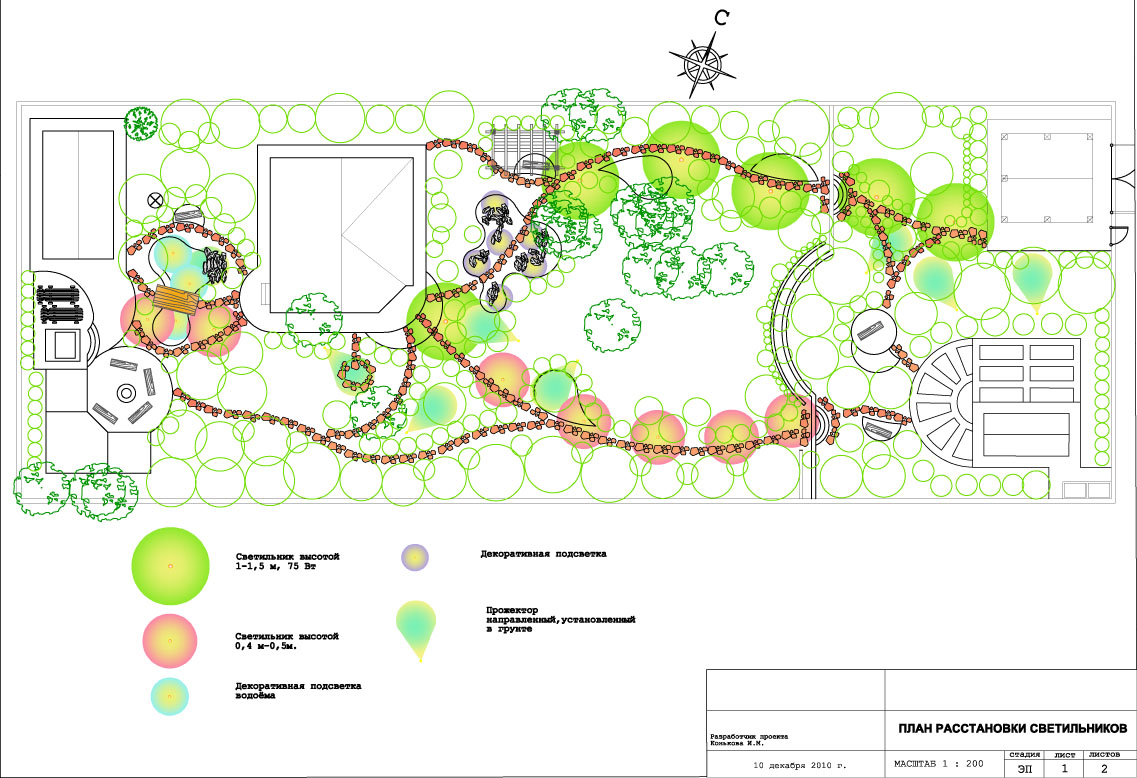
On the diagram it is necessary to note where the fixtures will be located, how many there will be, and what function will be assigned to them, you can also specify the size and style of execution. Now compiled wiring diagram: for those who are even a little versed in electrics, this is a simple task. The installation of the entire lighting system is best entrusted to specialistssince it, first of all, should be as safe as possible for the owners of the site.
When planning a lighting plan, you need to remember that necessarily highlight the necessary entrance to the house, a gate or gate, the perimeter of the site, as well as the most dangerous places on the territory, including steps and bridges. Do not recommend home lighting with the fence, since in this way a blinding effect is created. When preparing a lighting scheme, it is important not to forget about the climatic features of the region. For example, the height of the fixtures should be such that under the maximum possible layer of snow they perform their functions.
No. 3. Types of site lighting
Lighting a suburban area performs several functions at once, and for each of them it is better to provide a separate type of fixtures.
The main types of garden lighting:
- general or functional Lighting is necessary for safe movement around the territory after dark, to perform certain tasks and have a good rest in the evening. General lighting fixtures, first of all, are installed at the entrance to the site, in parking lots, near the entrance to house. They are also necessary for lighting garden paths and recreation areas;
- marking site elements - This is a special case of general lighting. The main function of the marking light is an indication of some objects, for example, the boundaries of the parking lot, the location of the gates, steps, etc. In this case, you can use small lamps and even "luminous" stones;

- automatic lighting systemsthat increase the security of the territory. Due to the presence of a time relay or motion sensors, one or more lighting elements can turn on when nightfall occurs or when attackers appear in the summer cottage. Similar elements can also be used to scare away animals and birds by creating an effect of presence;
- decorative lighting. This includes lamps that are designed to decorate and draw attention to interesting elements of the landscape rather than give full light. Alpine hills, ponds, tree crowns, recreation areas are equipped with such lighting, and they are used for this led strip, lanterns, garden figures with built-in lights, lamps that can shine in different colors, and other elements.

Number 4. Features of functional lighting of the site
The tasks of functional lighting are simple and straightforward. If decorative lighting can not be used in every suburban area, then it is impossible to do without general lighting. Highlighting all the important elements in order to increase the safety of movement around the territory, it is worth remembering that lighting accents must be displayed on pergolas, patio, house and other buildings - garden paths should not be flooded with too bright light, otherwise walking on them will experience great discomfort. The most lighted place on the site is this is house facade and porch: It will be more comfortable to move from less lit areas to brighter. It is important that even late at night, functional lighting allows see plot boundaries.
It’s also necessary to highlight the stairs, borders, bridges and other most dangerous objects. Along the paths, the lights must be placed evenly. As light sources, lanterns, floor lamps with diffusers made of frosted glass, bright spotlights, spherical lamps and other elements can serve.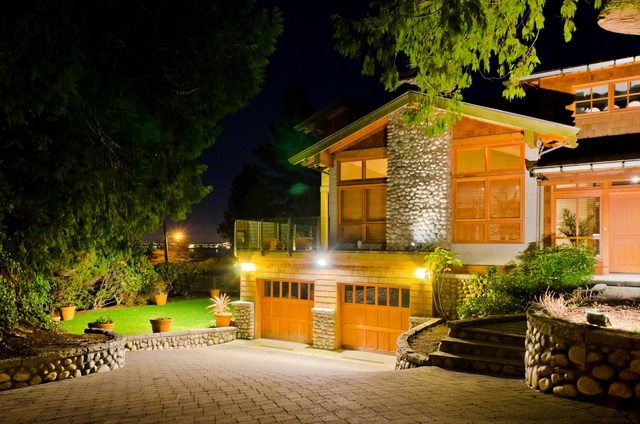
No. 5. Decorative lighting
Decorative lighting needed for recreation areas and objects that you want to enjoy even after dark. Usually provide additional illumination flower beds, trees, shrubs, fountains, ponds, alpine hills, garden sculpturesas well as gazebos, patios and benches. Decorative lighting complements the main and gives a dim light, creating a romantic and slightly mysterious atmosphere. There are a lot of ways to organize it - it all depends on the style of the site and the imagination of the owner.
To make no mistake with the choice of style of fixtures for the plot, you can use a simple rule. The more elaborate and many-sided landscape design of the garden, the more simple and concise should be the lighting items. If the style of the plot is close to minimalism, then you can use the fixtures of the most bizarre and non-standard forms, focusing on decorating the garden on them.
No. 6. The main types of lamps for the site
It is desirable that the highlighting of the site was not only its stylish and functional addition, but also did not lead to furious expenses for the use of electricity. Traditional incandescent lamps - far from the most economical option, they get very hot during operation, which consumes most of the energy, quickly burn out, and can even explode at low temperatures. Alternatives to incandescent bulbs today mass:
- luminescent and halogen lampswhich are more economical and durable;
- LED lights and tapes they do not heat up, spend a minimum of energy, shine brightly enough, and confidently beat competitors in terms of durability. Moreover, when using this type of fixtures, it will be possible to easily change the brightness of the lighting. Usually with the help of LEDs they create decorative lighting, equipping hidden illumination of reservoirs, steps, benches, the facade of the house or hiding them in the crown of trees or shrubs;

- fiber optic systems - a new word in the field of garden lighting. They can be used as sources of primary or secondary light, for architectural lighting and even for decoration pools and ponds. Such a system consists of a projector (light source for optical fiber), an optical cable or fiber, a common input, threaded nozzles and various terminal devices. It turns out that if you have only one generator, you can provide lighting with a large area. The main advantages of the system are simplicity in management, durability, efficiency and the absence of requirements for waterproofing fixtures.

Separately, it is worth highlighting such interesting modern solutions for lighting the garden as paving slabs from mounted LEDs and fluorescent tile with the ability to accumulate solar energy in the daytime.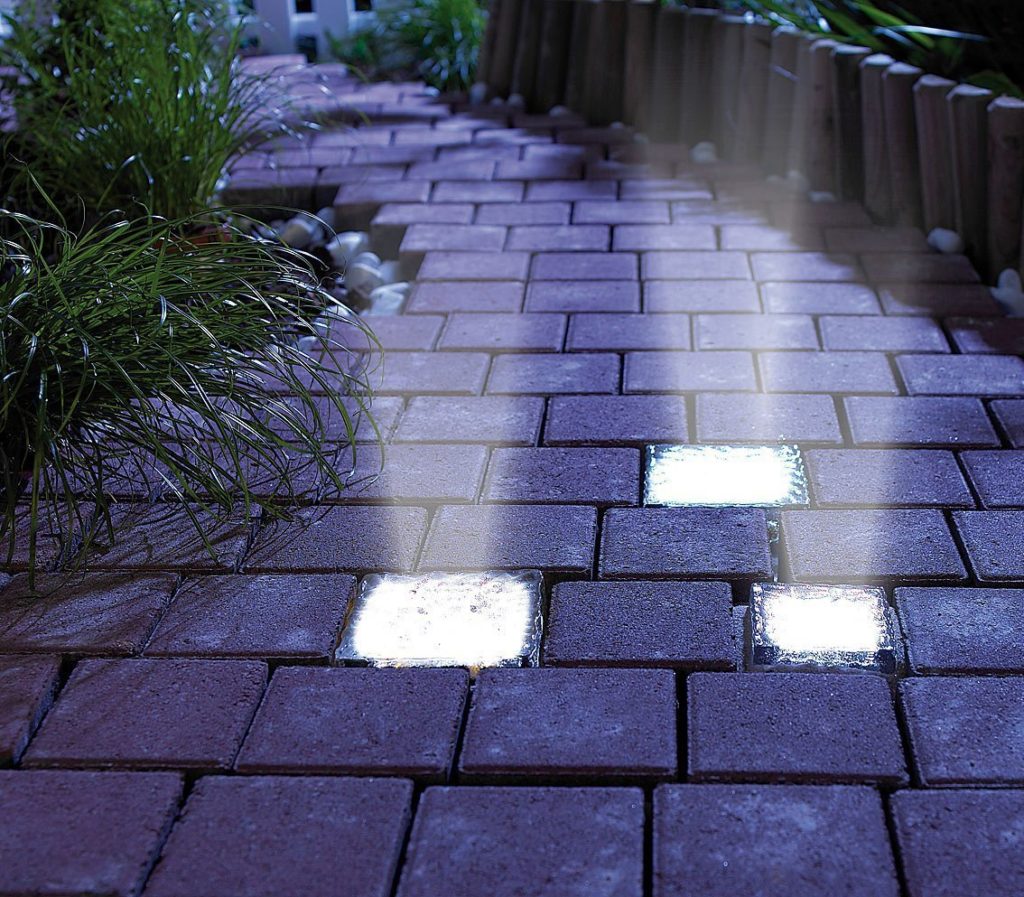
Number 7. Types of street lights at the installation site
All the huge variety of fixtures designed to illuminate the suburban and suburban area can be divided into several groups:
- floor lamps, which include lights of different heights;
- wall lights used for home lighting or fences, they can be hung on the wall at any height;
- pendant lights include lanterns and garlands that can be hung from tree branches or ceilings in gazebos;
- spotlights they are installed, as a rule, at ground level and serve to illuminate those areas that need to be allocated on the site (house, beautiful tree, fountain, etc.)
- Indices or reflector lights direct the light flux down, therefore they are used to illuminate garden paths and flower beds;
- fiber optic fixtures stand out in a separate group due to its unique properties and universality of application.
Number 8. Types of luminaires by light source
To understand how diverse and unusual the lighting of a site can be, you need to figure out what it can be lamps by light source:
- electric. Everything is clear here, everything written above applies specifically to electric lamps. They make up basis in territory coverageare the most functional and require preparatory work, which includes digging trenches and laying cables in plastic or corrugated tubes;

- solar powered lights - An original and very economical way of lighting certain areas of the site. Use of such lamps can only be in addition to electric lighting. During the day, they accumulate energy from the sun, and at night emit soft pleasant light. Installation is as simple as possible - the lamp is installed where additional lighting is required, no trenches are needed, and if necessary it can be easily moved to another place. Such lamps can be of any size, shape and design, are not cheap, but will not use electricity. The battery will be charged even in cloudy weather;
- objects painted with luminescent paint, - an original way to decorate your site and diversify its decorative lighting;
- open flame. Can be used to create a romantic atmosphere. candlesenclosed in pretty shades. Another option is kerosene lamps. This is a purely decorative light source, which must be constantly monitored to prevent fire.
No. 9. Automation of turning on and off country lamps
Even at the stage of drawing up a plan for the location of the lamps on the site, it is worth considering how they will turn on and off. It will be uncomplicated and even pleasant for someone to independently carry out a similar procedure every day, but if the area is large and the countryside you are not only in good weather, then turning the lights on and off regularly can turn into a real problem. Decision - automation of the lighting system, and there are several options for implementing this venture:
- twilight relay control, which will turn on the lighting when the sensor installed on the site “senses” the onset of twilight, and turn it off at dawn. The sensor is mounted in any convenient place on the territory, the relay is installed in the electrical panel;
- astronomical relay control. In this case, an additional sensor is not needed - you only need to adjust the coordinates of the area only once, and thanks to the built-in microprocessor, the time of sunset and sunrise at a certain time of the year will be calculated. Such a relay can be additionally configured not to turn on the light when there is no one on the site. Due to the presence of a built-in battery during a temporary power outage, the relay saves all settings. Installed in the electrical panel;

- time relay control - The simplest and not very functional option. It only configures the time after which the light will be turned off after it is manually turned on. Suitable for those areas where there are few light sources. Suppose a relay is configured, according to which after 5 minutes the light must be turned off. The owner of the site, arriving in the evening at the cottage and turning on the lighting near the gate manually, may not return to turn it off - the light itself will turn off after a specified time.
In addition, at least one of all the lamps in the country should be equipped motion sensor. When someone passes within the range of the sensor, the light will turn on. This is very convenient if you tend to come to the cottage in the evening - no flashlights and matches will be needed. In addition, it is an additional attack protection. Motion sensors, as a rule, are tuned to a certain size of the object, so as not to trigger a cat running past.Usually they work together with a photo relay, which prevents the motion sensor from triggering in the daytime.
No. 10. What to consider when choosing garden lights?
The lamp in the countryside will be constantly exposed to negative factors: precipitation, sunlight, high and low temperatures. Therefore, you need to choose Only products intended for outdoor use. They must be airtight or semi-hermetic. In the latter case, you will have to take care of the availability visors from snow and rain.
When buying, it is worth checking whether the inside of the fixture mount is painted. If not, then you should not count on special durability. The best in operation have shown themselves fixtures made of stainless steel and aluminum alloys. Do not forget to find out about the warranty period, as well as ask the seller certificate of safetywhere the degree of protection should be indicated.
No. 11. Original do-it-yourself lighting
Prices for garden lights may make some doubt the need for decorative lighting of the site. If you turn on fantasy, find some free time and use improvised materials, you can do it yourself with your own hands. Here are just a few options.
Glass Bottle Lights
- The easiest option is to put New Year's garland in a bottle interesting form. If you take a battery-powered garland, you can use an improvised lamp away from the outlet. Instead of a garland, you can use neck-mounted flashlightand fill the bottle capacity with beads or transparent reflective balls;
- to the bottom glass jars You can pour sand, pebbles, colored stones and put candles. Outside the jar can be decorated with rope, fabric, lace, etc .;
- glass bottle shade unusual shapes or colors are made by cutting the bottom. This is not difficult: you need to tie the bottle with thread soaked in kerosene at the level where you want to make the cut, and pour cold water into the bottle to the same level. It remains to set fire to the rope, taking care of its own safety - the cut will be even, but if desired, it can be polished a little. Now the thing is small: fill the bottle with an electric cord, connect the cartridge and screw in the bulb;
- the inner surface of the cans can be painted luminescent paintsmaking spots of different shapes and sizes. In the evening, a composition of several cans will look very original.
Tin can lights
Any can can become an original lamp in which you can put a garland or a candle. Light will penetrate through numerous holes made in the form of a pattern, you can create them on the bank using nails of different diameters and a hammer. To make it easier, you can first sketch on paper, and then, applying paper to the bank, transfer the drawing. Inside the tin, it is better to put a piece of wood of cylindrical shape, so as not to deform the jar during the creation of holes. Lamps can be placed or hung around the site.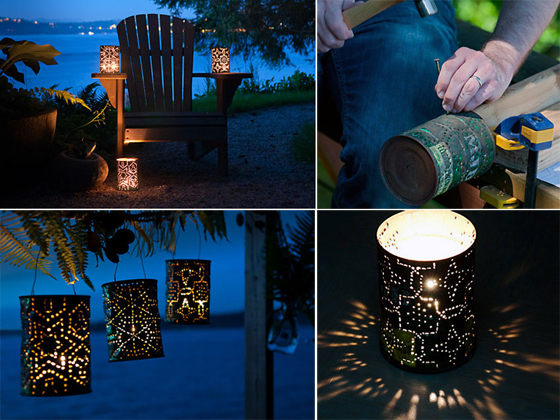
Wood or rope lamp
On a balloon you can glue small twigs in a chaotic manner. After the glue hardens, the ball carefully detaches and deflates. Instead of twigs, you can use threads or rope. Thus, you can get nice lampshades of any size, which can be used as a lampshade, or as a way to decorate an ordinary garland.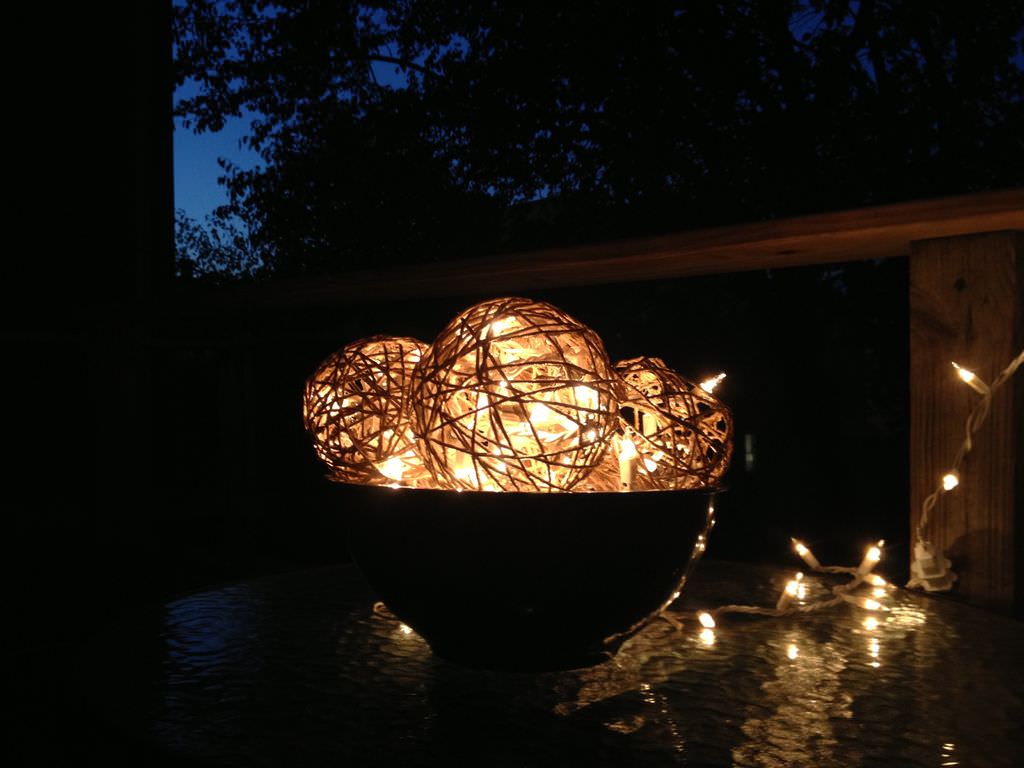
Plastic lamp
Plastic bottles allow you to create fixtures of various shapes, colors and sizes - it would be a fantasy. A simple lamp-ball can be made from the bottoms of several bottles. They are cut off, glued together, bent along the radius and give them the shape of a ball.It remains only to install on the base with a light bulb and connect to the network.
Nice cover can be made of plastic leaves. Rectangles are first cut from the green bottle, from which the leaves are then cut, their edges can be fused with a soldering iron for greater resemblance to real leaves. With the help of wire, whole branches can be formed from individual elements, which will be the ceiling.
The ceiling, in fact, can be created from anything: glue plastic cups, ping-pong balls, bright beads, old records or CDs. Even a corrugated pipe and old household utensils can serve as a pretty lampshade. Also, a conventional garland can be used as decorative lighting, but do not forget that all home-made lamps can be used either in dry weather or under a reliable canopy, since they will not have the proper level of isolation and protection.
In conclusion
Lighting, in addition to its basic functions, helps to properly zon the garden and create the necessary atmosphere. Using warm light, you can visually bring the illuminated object closer, and cold light, on the contrary, visually removes it. It is not recommended to use more than 2-3 shades in lighting, with special care should be taken to use bright white, red and brown colors. The tips described above and a little of your own imagination will help to make the site cozy and safe.


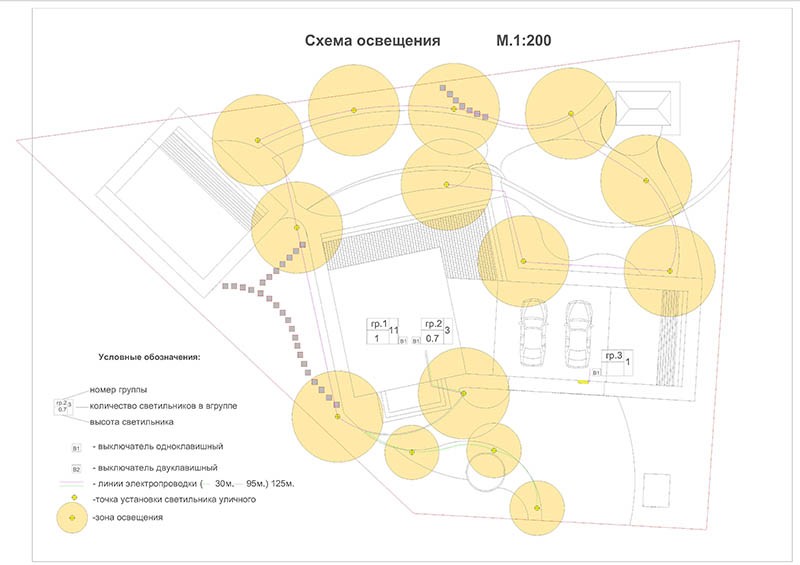

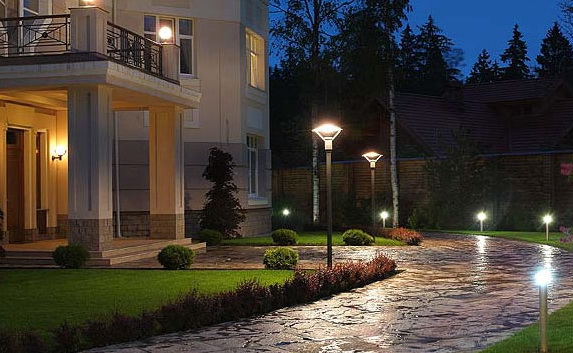
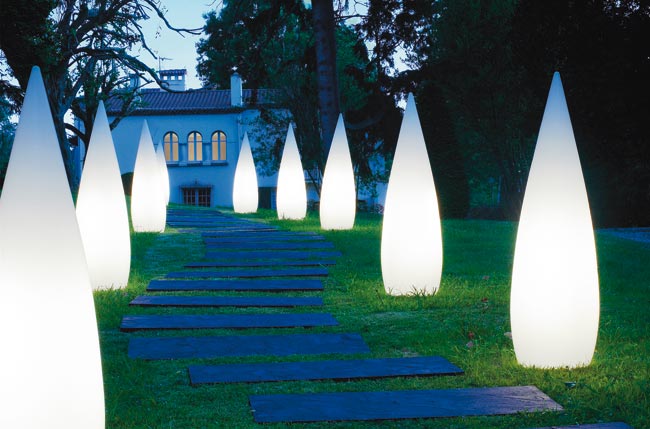
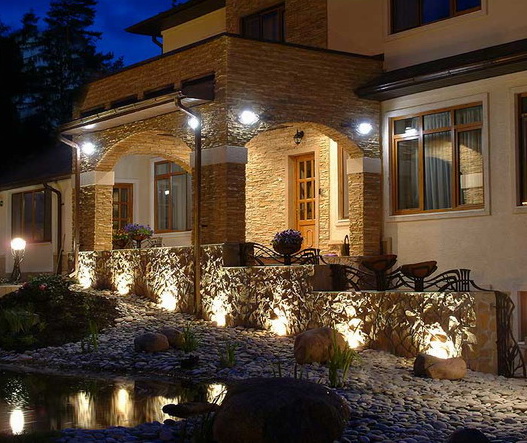
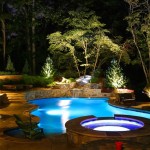
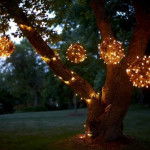

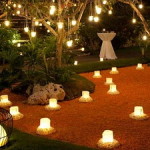
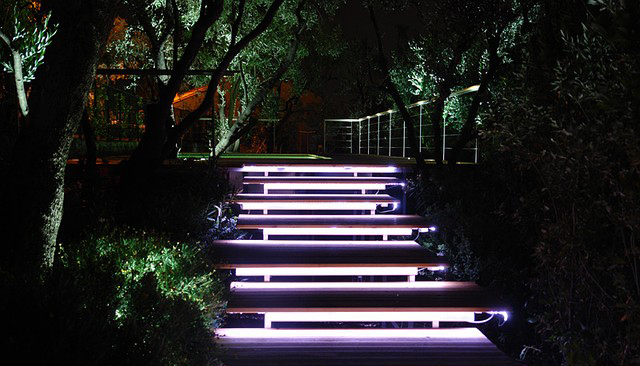

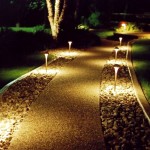

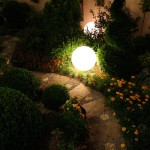

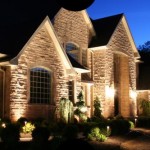
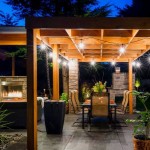
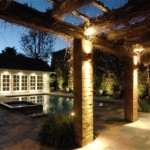
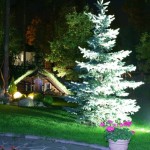

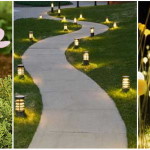
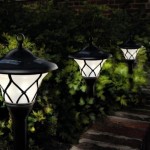

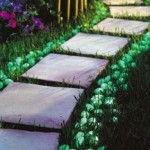
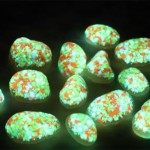
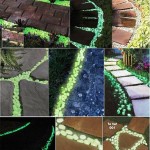

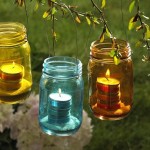
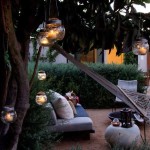
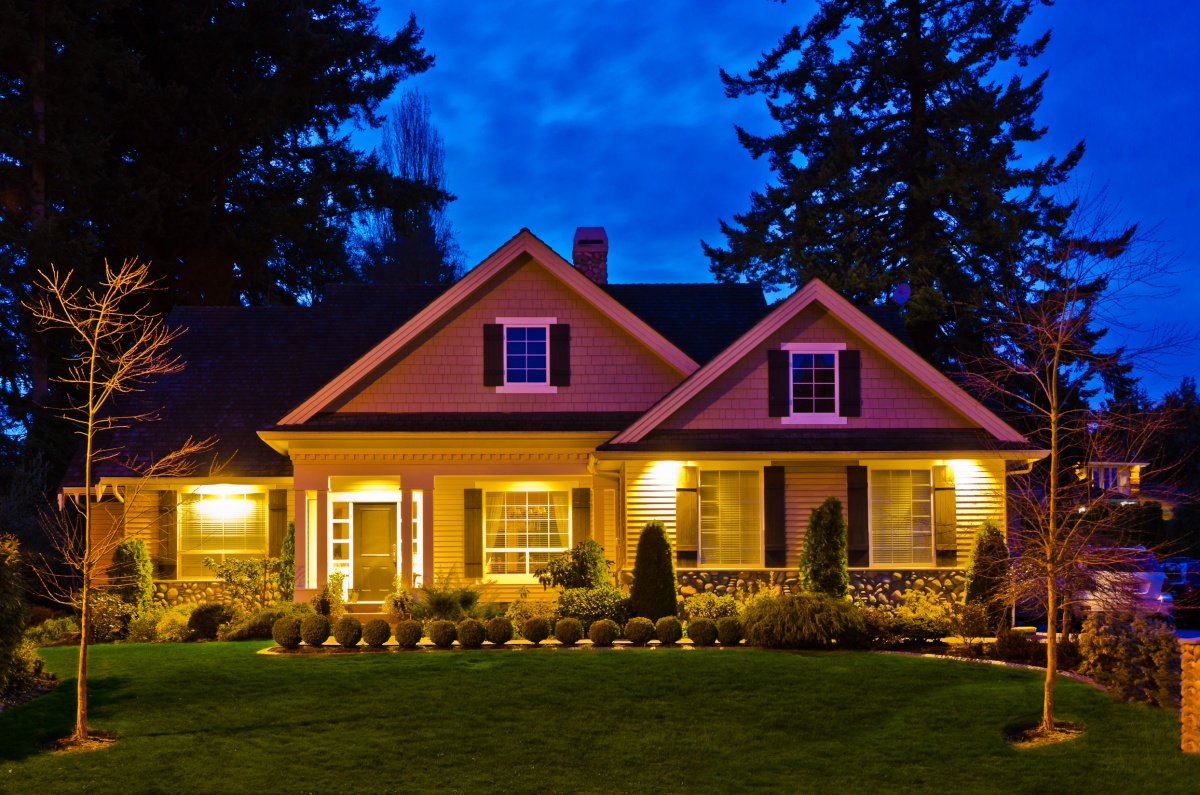
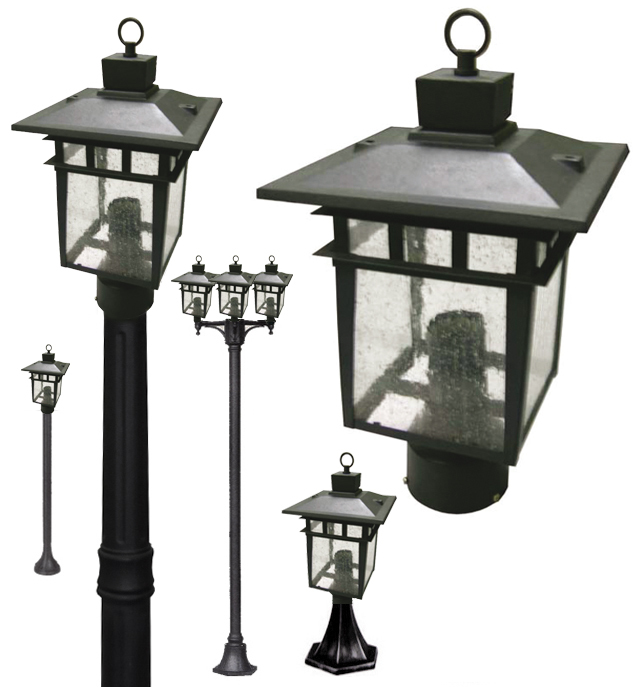
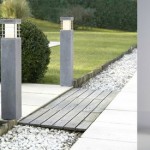

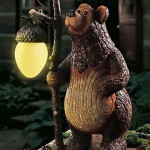

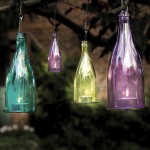

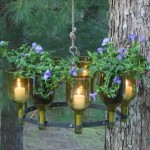
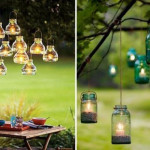
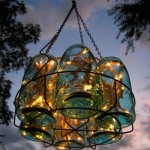

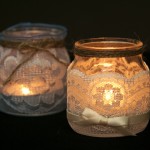
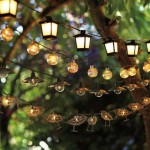
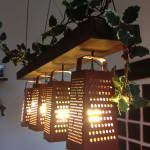
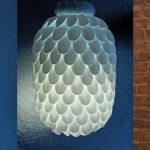
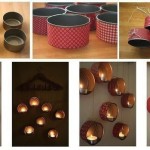
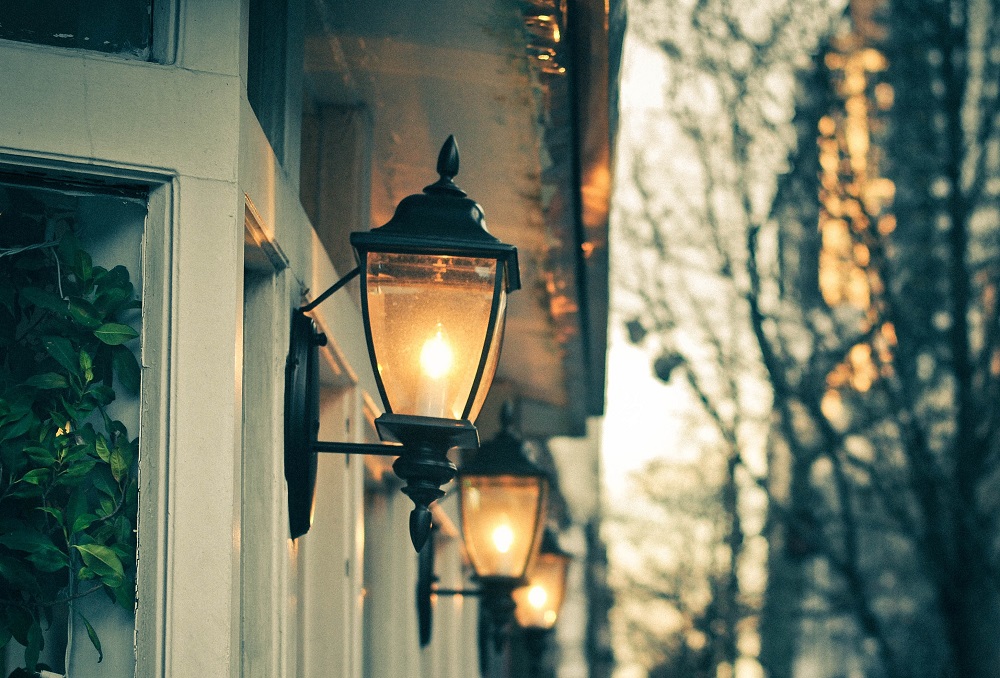
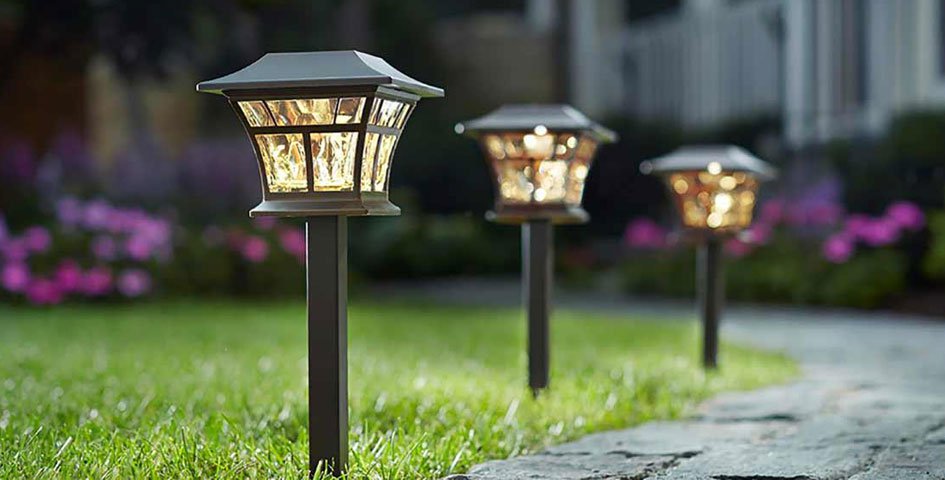
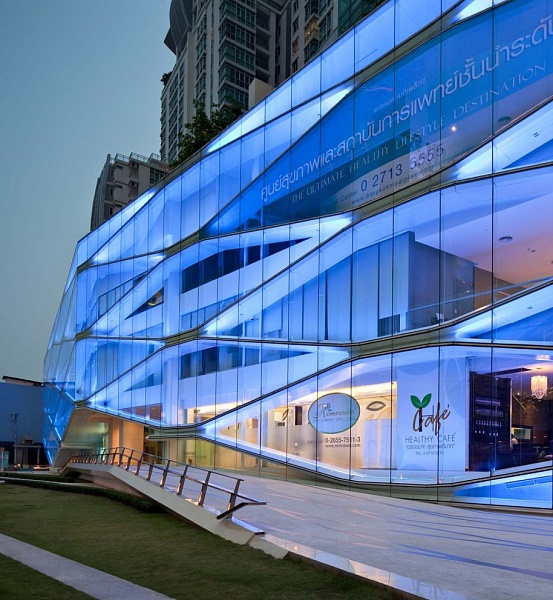
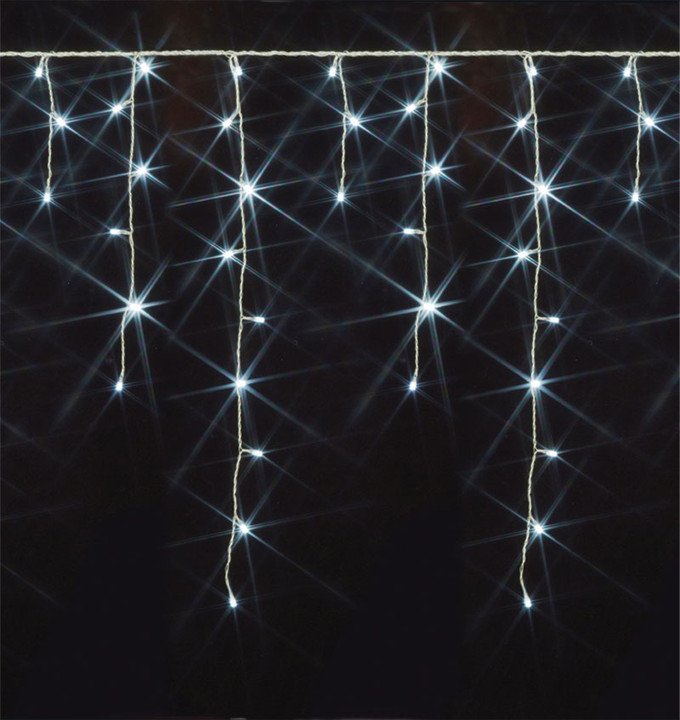

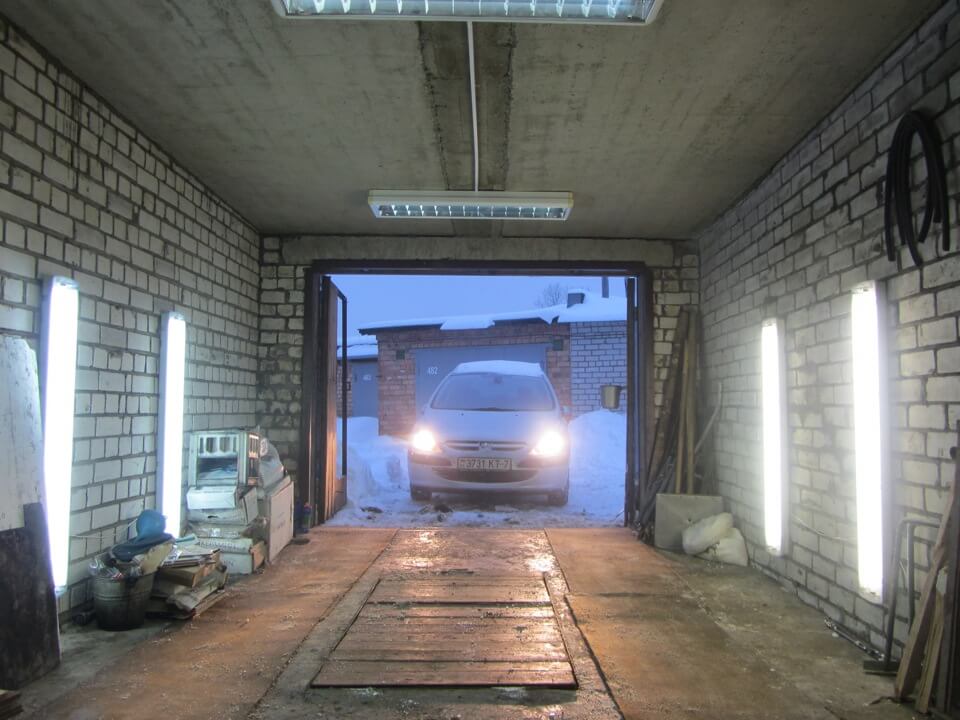
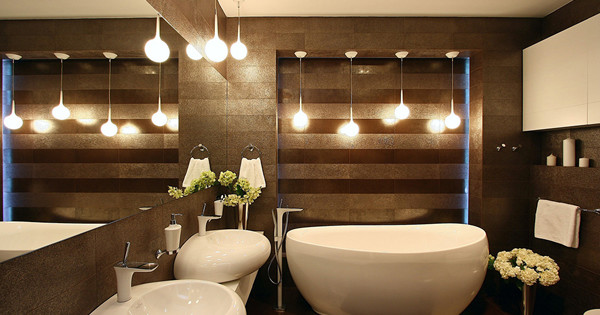
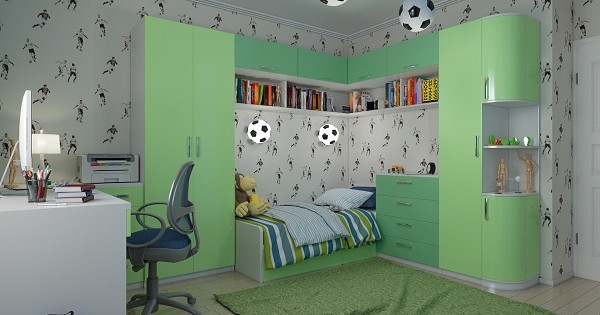
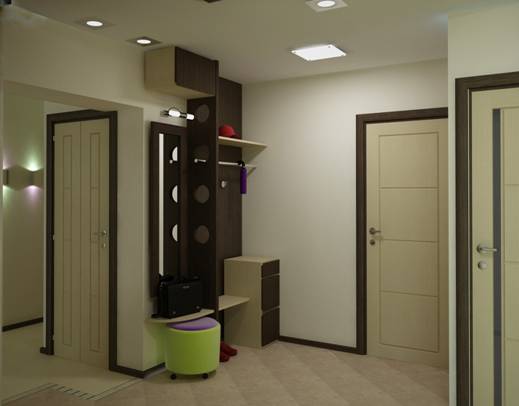
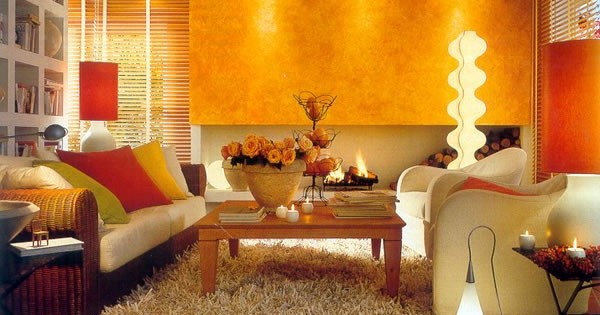
Hello. Very interesting article. After reading it, I was able to figure it out, since the choice of street lamps should be approached with responsibility.
I liked the article, thanks. Everything is very informative, understandable. The only thing in the article is nothing about the manufacturers to whom you can give your preference.
There are a lot of manufacturers. We advise you to simply read reviews about the fixtures you like and check the warranty upon purchase.